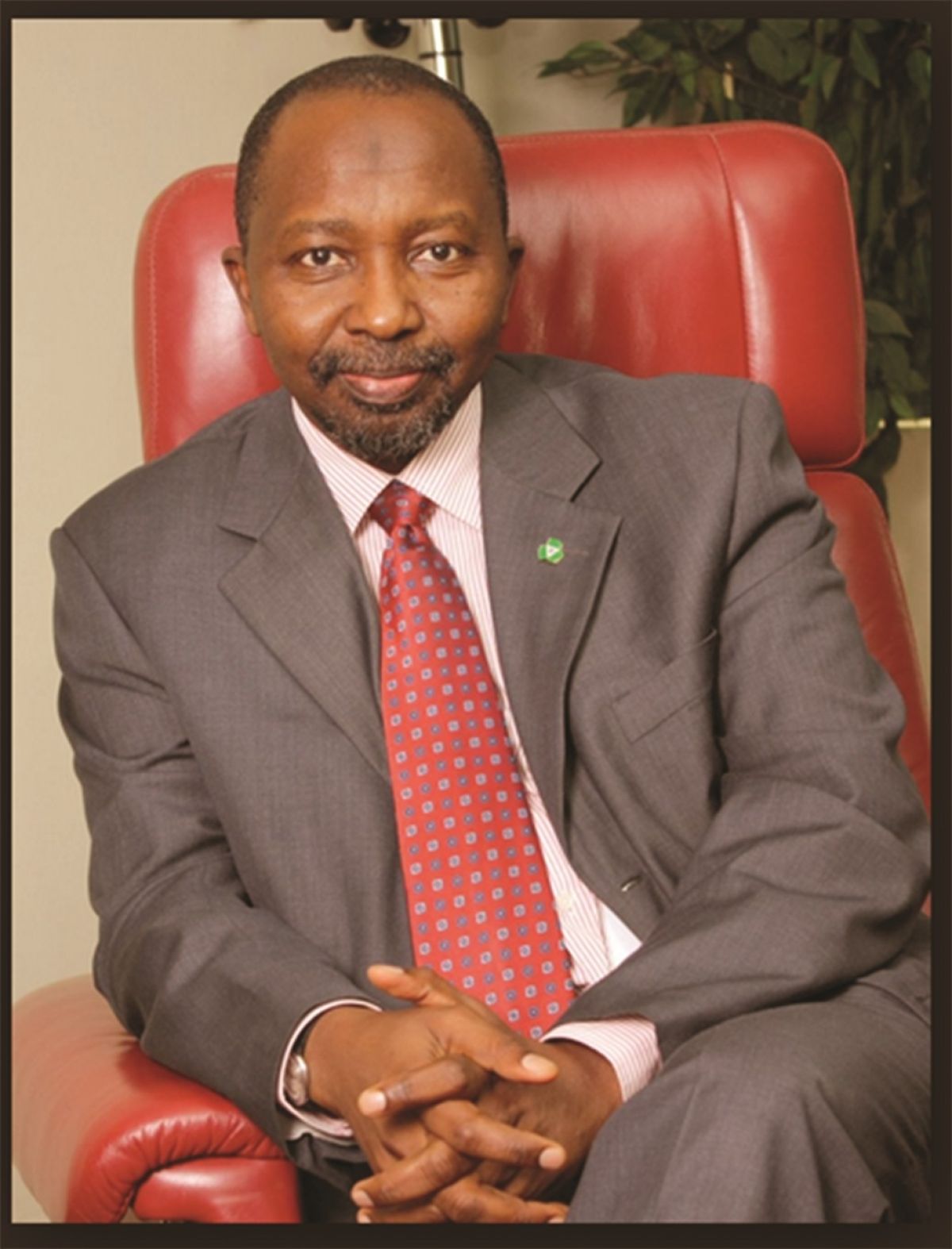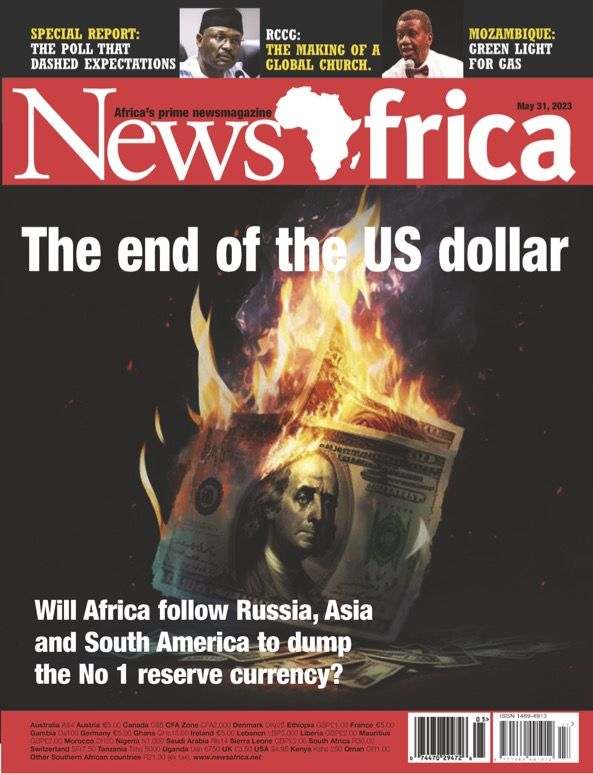New dawn for Nigerian Insurance

Making people take out certain types of insurance is set to shake up Nigeria's underperforming insurance sector.
For stakeholders in Nigeria’s insurance market it is time to move from persuasion to compulsion. Ready or not, industry regulators, service providers and customers alike now need to adjust to the reality of a shift in market dynamics.
After watching developments in the industry for the past two decades or so, the federal government is latching onto compulsory insurance to generate more revenue and secure national assets. Driving the new policy stance is the industry regulator, the National Insurance Commission (NAICOM).
“The Insurance Act of 2003 made five classes of insurance compulsory in a bid to protect the interest of third parties,” explained NAICOM’s director of research, statistics and corporate strategy, Habila Amos. “These include Motor Vehicle 3rd Party, Group Life Assurance, Health Professional Indemnity Insurance, Builders’ Liability Insurance, and Occupiers’ Liability (Public Building) Insurance.”
Amos added: “The commission has signed agreements with several agencies to facilitate compliance. Such agencies include the Federal Road Safety Corps (FRSC), and the Vehicle Inspection Officers (VIO). The management team paid a courtesy visit to the Ogun, Gombe and Kaduna state governments where possible collaboration actions were discussed. The commission is engaging the Governors Forum to deploy the machinery of state governments in the enforcement of compulsory insurances.”
Last October, the commission inaugurated a technical committee consisting of NAICOM representatives and federal and state fire service from the six geo-political zones to ensure that public building insurance is enforced.
Engagement is not only limited to Nigerian organisations but also includes foreign development partners such as the World Bank, the International Monetary Fund (IMF) and the German Development Corporation.
The picture will become clearer by the end of April when the details of the implementation document being worked out with consultants KPMG are concluded.
Meanwhile, an executive bill on compulsory insurance has been sent to the National Assembly and is now with the federal ministry of justice. These moves underscore NAICOM’s new strategic focus for the next four years or more in Nigeria’s effort at diversifying the economy and broadening the revenue base.
Research has established a strong relationship between insurance uptake and economic development. This explains NAICOM’s bullish approach. At present, low insurance penetration mirrors the industry’s meagre contribution of 0.48 per cent to the country’s GDP in 2016 and a declining gross written premium (GWP) of N235bn in the third quarter of 2017 against N325bn at year end 2016.
In 2014, the office of the coordinating minister for the economy and minister of finance held a special summit in collaboration with NAICOM that set a three-year agenda for the transformation of the sector. The aim was to grow GWP to N1trillion by 2017 from of N300bn, and further increase this to N5 trillion by 2024.
The commission’s Market Development and Restructuring Initiative (MDRI) looked to address core issues such as capacity building and developing the insurance agency system.
Experts believe that the insurance sub-sector remains largely untapped, leaving room for tremendous growth. NAICOM chief Mohammed Kari said: “MDRI is an initiative we would continue with because it was designed to help the penetration of insurance to all nooks and crannies in the country.”
Insurance is compulsory either by legislation or robustness of the financial sector in advanced markets. Overall, insurance penetration in Nigeria is low when measured against other African countries with comparable GDP per capita. Life insurance in the country, for instance, averaged 0.1 per cent from 2008 to 2013, according to data from Unesco, the World Bank, Nation Master and McKinsey analysis. It was 1.1 per cent in Kenya and 1.1 per cent in Morocco. Non-life, which averaged 0.3 per cent in Nigeria over the period, was also lower than 2.2 per cent in Kenya, 2.1 per cent in Morocco, and 0.6 per cent in Algeria.
Among the prime strategies to boost the industry’s growth potential are making annuity compulsory to help provide a source for long term funding to aid development in various sectors of the economy; and ensuring that insurance is an integral component of government’s new focus on housing/mortgage refinancing. Developing current industry data and possible projections also rank high.
Analysts additionally identify the need to protect whistle blowers when they raise concerns, educating Nigerians about the benefits of insurance, and the need to radically modernise policy documents that have not changed since the birth of insurance in the country in 1921.
Health and workers’ compensation, which constitute 25 per cent and 6 per cent of non-life market in Kenya, are relevant lines of business not yet developed in Nigeria’s regulatory environment, and this portrays the reason for making it compulsory in the new dispensation.
Players in Nigeria’s insurance market operators seek to grow the industry five times or faster. Yet the market continues to wobble, mired as it is in underperformance. The percentage of the adult population holding one or more insurance policies is also targeted to grow from 6 percent to 25 percent, with insurance sector market size to GDP increased from 0.7 to 3 percent. It is further targeted to grow the number of policies in the retail sector to 25 million and ensure that the number of people who understand the benefits of insurance products and services increases from 40 percent to 80 percent.
However, it is yet to be determined what approach would more likely yield the optimum results. Experts believe, come what may, NAICOM must move from being a watchdog to an attack dog, and also a guide dog, in order to have any lasting impact.
Either way, stakeholders in the nation’s insurance market now know more than ever before, that they need to key into the emerging reality to innovate and enhance the growth potential of their business as choices, tastes, and preferences change at the speed of thought. This is in tune with the harsh realities of ever changing technologies, shifts in customer behaviour and competition from new market entrants.
Experts in the industry say the need to proactively respond to all of this requires an urgent strategy tilt towards creativity and innovation, especially in the area of digital and technological capabilities aimed at optimising new growth opportunities.
NAICOM’s erstwhile director of inspectorate, Barineka Thompson, said: “The future may be hard to predict but need not be hard to prepare for. Not all countries or insurance markets are equally prepared to reap the benefits of or deal with necessary adjustments. Insurers know that innovation enhances the growth potential of their business.”
His position derives from the need by insurers to bridge the cultural divide in response to the emerging reality of softening prices and increasing competition that have characterised the industry in recent years.
Although it may be Herculean to key into the business impacts of these and other factors such as insurance accounting modernisation, commissioner for insurance, Mohammed Kari, says “it also creates the opportunity to clear the cobwebs”.
Despite increasing regulatory support and lush opportunities for growth, a number of local government areas in the country do not have a single insurance company.
Pius Agboola, until recently NAICOM’s director, authorisation and policy, revealed that only 31 insurance companies’ branches existed in 112 local government areas in the entire northeast geopolitical zone of the country in 2017. According to 2016 EFInA research findings, insurance uptake of the Nigeria adult population remains low at 1.9 per cent. This means about two million people have one form of insurance or the other and 94.4 per cent have none.
There are 59 insurance companies in Nigeria today and insurance ranks lowest in the sectoral index table. Furthermore, 85 per cent or more of insurance companies in the market have not been able to pay any dividends to shareholders for a number of years.
It is not surprising, therefore, that the market is enmeshed in poor ranking defined by its fourth position in Africa in premium income, tenth in insurance density
MDRI had projected premium income (EIPI) to grow from N164.5bm in to N1 trillion insurance contribution to GDP from 0.72 percent to 30 percent by 2012.
While the gale of underperformance lingers, insurance service providers remain unconvincing in their efforts at tapping into lush opportunities and other low-hanging fruits that dot the market horizon
There is also hardly any defined policy today to explore opportunities springing from such relatively new security challenges like as kidnapping and ritual killings.
Nevertheless, experts say there are juicy prospects for growth in the country’s insurance market. How the practitioners respond to these will make all the difference going forward. This in turn, will define the extent to which the frontiers for the insurance market can be expanded.
Change has happened and insurers need to also change pragmatically. It maybe a lonely spot, yet the job can be done, more so when all the other alternatives look more painful.
To secure a more sustainable future analysts say insurers need to meticulously and strategically migrate from today’s market fragmentation to consolidation and from product-based to customer-based insurance. Perhaps, a shift also needs to be made from focus on personal and commercial lines to exploring opportunities in the segment of personal data brokerage and other growth areas offered by the entire insurance industry value chain.
Whatever steps are taken, more collaboration with stakeholders now needs to be embraced to ensure the market is convincingly grown to make Nigerian insurance a winner.



